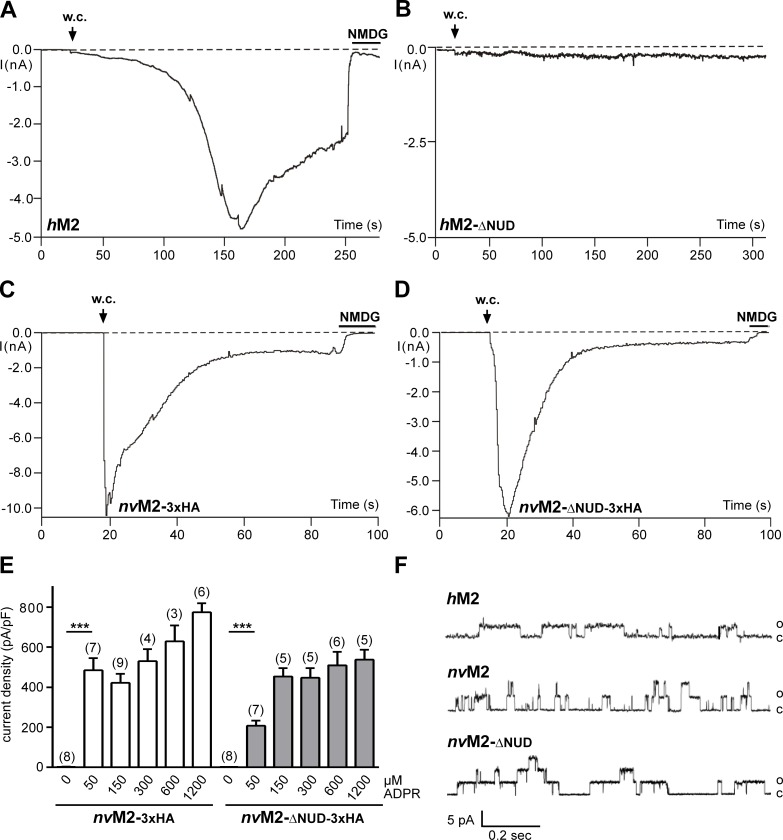Fig 4. Functional characterisation of TRPM2 variants with the NUDT9H domain removed.
(A) Control patch-clamp experiment performed on hTRPM2 stimulated with ADPR (0.3 mM) and Ca2+ (< 10 nM) in the pipette solution. Note the typical slow onset of the current and block by NMDG. (B) Absent response with ADPR (0.6 mM) and Ca2+ (1 μM) in the pipette solution in hTRPM2 lacking the NUDT9H domain. For both hTRPM2- Δ NUD variants (with or without 3xHA-tag) similar results were obtained from a least 10 independent experiments. (C) Characteristic current development induced by ADPR (0.6 mM) in nvTRPM2-3xHA. (D) Current response to ADPR (0.1 mM) in the nvTRPM2 variant in which the NUDT9 domain is lacking (in both nvTRPM2- Δ NUD variants the same results were obtained with or without 3xHA-tag). The intracellular Ca2+ concentration was adjusted to 1 μM. (E) Relation of current densities to ADPR concentration in cells transfected either with nvTRPM2-3xHA or with nvTRPM2- Δ NUD-3xHA. Already the smallest concentration of ADPR evoked significant currents (*** P < 0.001; Student's t-test, n = 8) in comparison to the absence of a stimulus. Error bars are s.e. (F) Direct activation of inside-out patches by ADPR. The three traces were from TRPM2 channel variants as indicated and obtained rapidly after establishing the inside-out configuration, with ADPR (0.4 mM) already present in the bath. Multiple channels were present in all three patches but the initial activation showed preferentially openings of one or of few channels. The transmembrane potential was +60 mV, chosen because inactivation of nvTRPM2 was slower when currents were in the outside direction. Similar results were obtained from at least 4 independent experiments.

